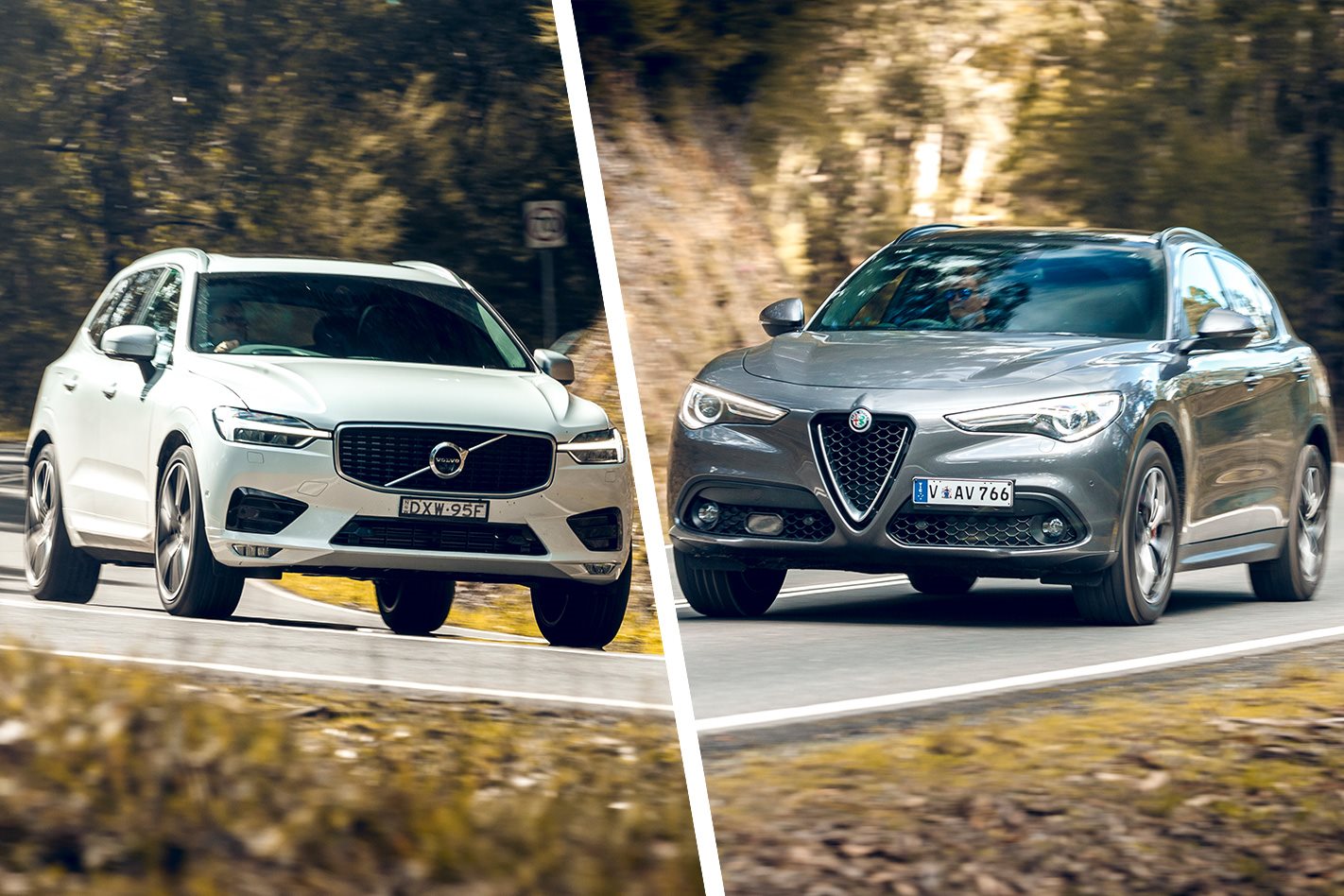THE last time an Alfa Romeo and Volvo faced off in a Wheels comparison was almost four decades ago. It’s not often that you would find someone cross shopping the two brands, but the unlikely rivals have returned to do battle once more, this time with a pair of diesel SUVs of all things. Welcome to 2018.
Entering the fray for Sweden is Volvo’s XC60 D5, while the Alfa Romeo Stelvio diesel is the pride of Italy.

Both come with heavy expectations on their jacked-up shoulders, as the XC60 is the defending Wheels Car of the Year, while the Stelvio’s sedan sibling was an angel hair’s width away from taking the gong as one of the top three finalists last year.
We’re here today to see if adding inches to Alfa’s unashamedly sporting platform will help or hinder it in its hopes of usurping the Northern King.
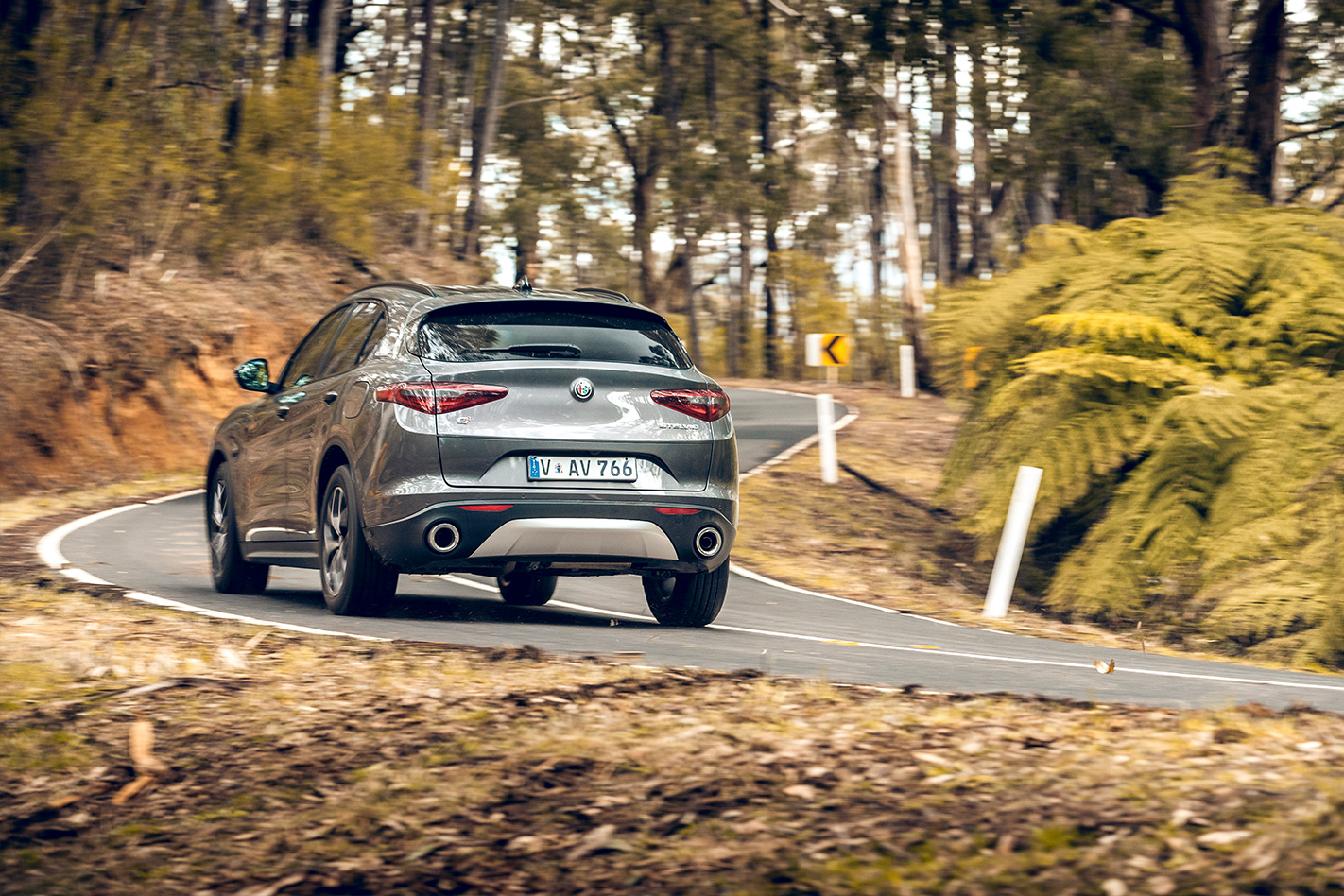
Price and Equipment
Winner: Volvo
While the fairest comparison of value is base price, it doesn’t really tell the whole story with this pair. Wheels wouldn’t recommend either vehicle without first fitting certain options, and it’s unlikely either of these two will typically be rolling off the showroom floor in completely standard specification.
The Stelvio is the cheaper of the two, with a $67,900 base price that sits well below the Volvo’s $75,990.
Both have a four-cylinder turbo-diesel engine that sends power to all four wheels via an eight-speed automatic transmission, but we’ll get onto the drivetrains a little later.
For our comparison the Alfa Romeo was fitted with expensive metallic paint ($1300), and the $6000 First Edition pack, lifting the as tested price to $75,200.
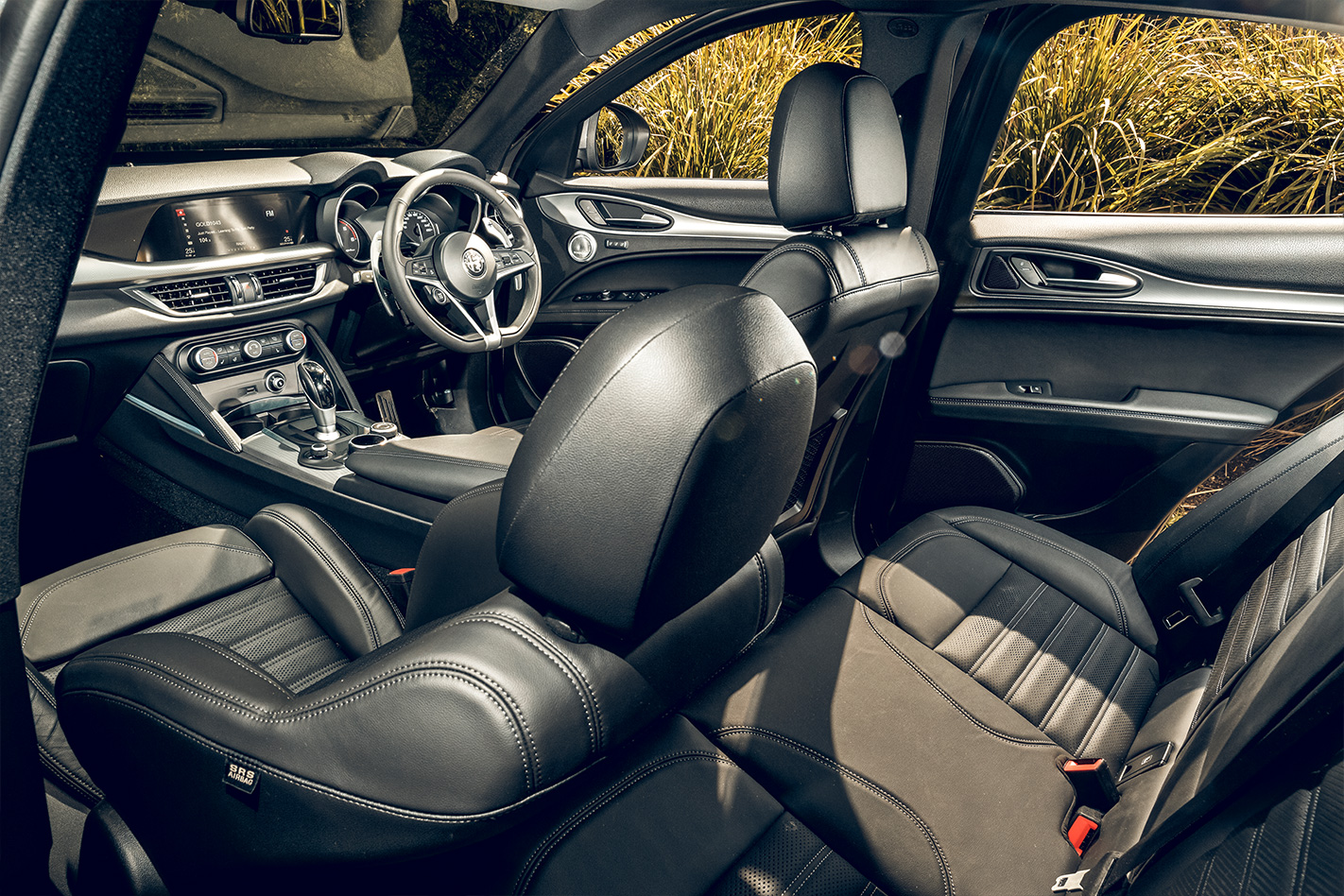
The First Edition pack should be on any prospective Stelvio buyer’s list of must-have options, and without it, the Alfa Romeo feels a little shy of the right stuff. By ticking the box, owners gain 19-inch alloy wheels, a panoramic sunroof, a 900-watt Harman Kardon 14-speaker sound system, ambient interior lighting, privacy glass for the rear window and second row, sports leather heated front seats with power adjustment, a heated sport steering wheel, adaptive dampers, aluminium interior trim accents and sport pedals, red brake callipers, and gloss black window surround.
Volvo’s press office did its best job at short-changing the XC60 in this comparison by not fitting the D5 with the $2400 optional air suspension that is a must-have for all XC60s. The $2500 lifestyle pack is fitted, however, adding a panoramic sunroof, tinted rear glass, and heated front seats. Metallic paint adds another $1900, while powered seats cost $450, bringing the as tested price to $80,840.
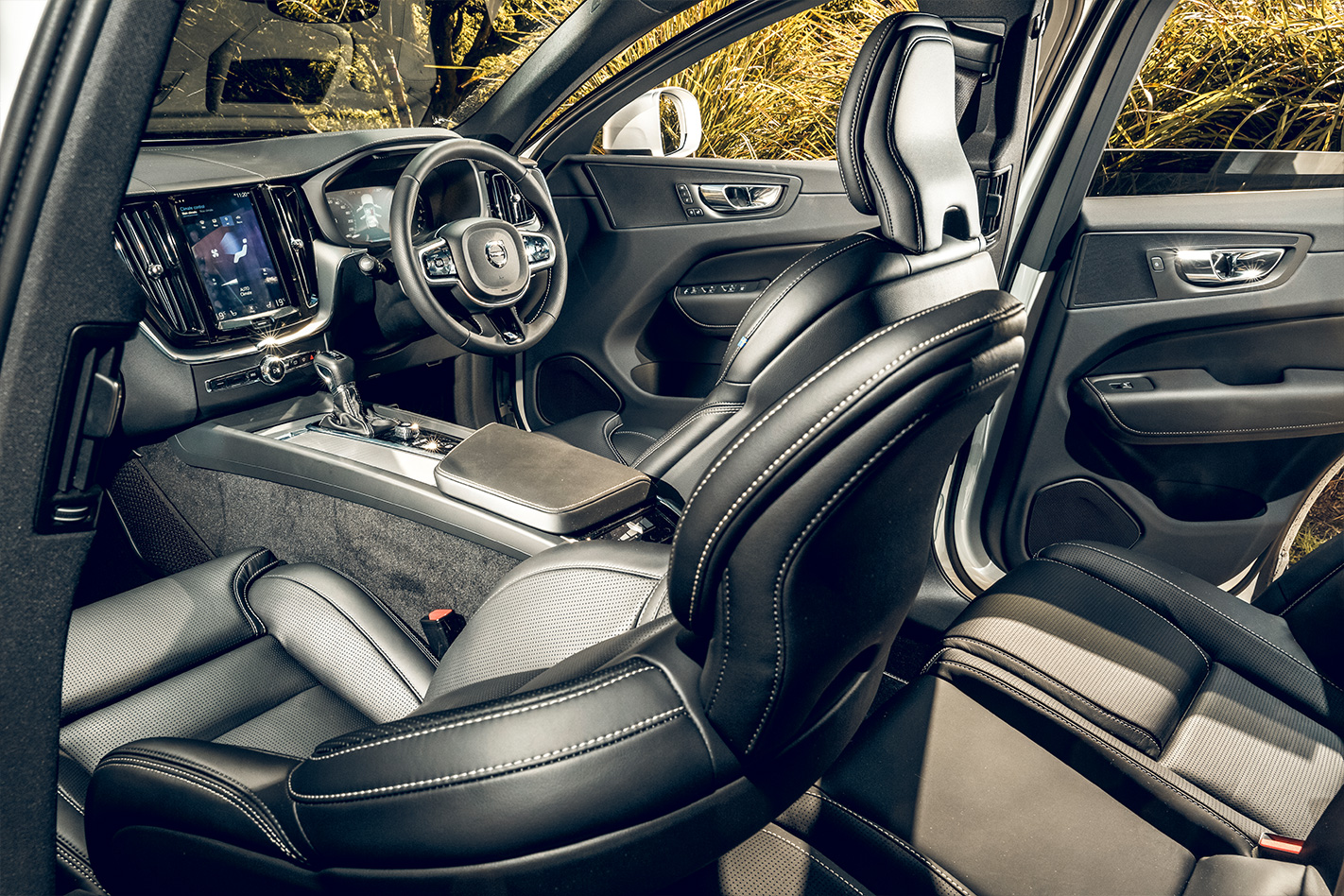
On standard equipment alone, the Volvo is the more generous of the two, with the Stelvio requiring the First Edition pack to truly compete with the XC60 for kit. Meanwhile, the Swede’s lifestyle pack is a nice addition, but not a must-have.
While the XC60 is the more expensive of the two, it feels a class above in terms of finish, with finer materials used throughout the cabin. Some of the included equipment really is special, with a 12.3-inch digital display replacing traditional gauges for the driver, dual-zone rear climate control, wiper blades with integrated washers, nappa leather upholstery, a cooled glove box, and Volvo’s full suite of safety tech.
Interior and Connectivity
Winner: Volvo
The design of the Volvo’s infotainment system sets it apart here, with a nine-inch portrait orientated screen instead of the landscape view offered by most other manufacturers.
While at first taking some getting used to, the XC60’s controls quickly become second nature, and the display is both larger and clearer than that offered by the Alfa Romeo.
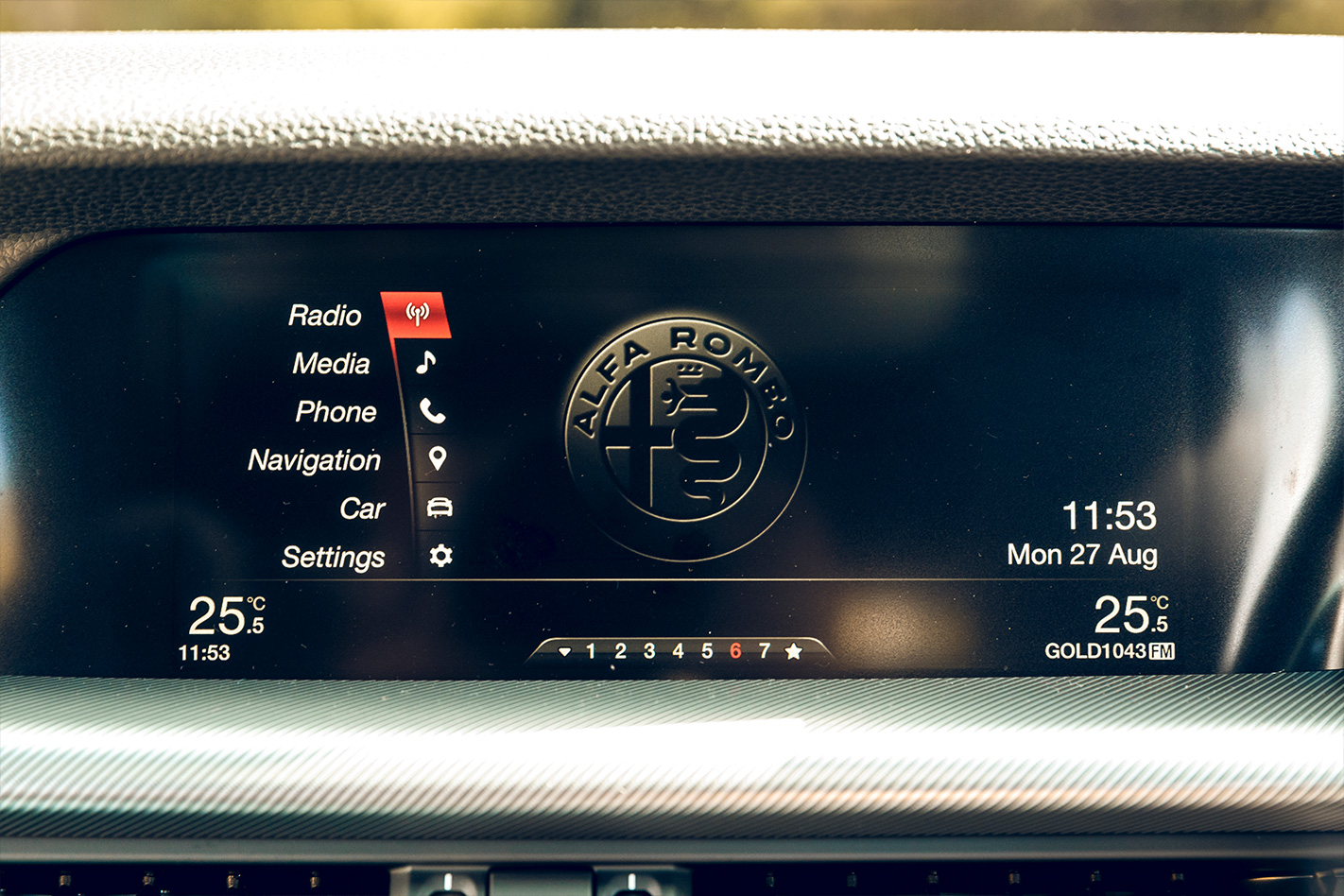
The Stelvio mimics the design of the Giulia, with the screen blending to the side of the twin-cowled instrument panel. However, the resolution of the sat-nav and reversing cameras are sub-par compared to the Volvo. The menus are logical to navigate, however Bluetooth pairing was inconsistent during our testing.
Apple CarPlay and Android Auto are standard on the Volvo, while the Alfa Rome misses out. The Stelvio also lacks a head-up display and adaptive cruise control system.
In terms of infotainment design and useability, the XC60 provides exactly what you’d expect of a nearly $80,000 SUV, while the Stelvio is outclassed by some vehicles half its price.
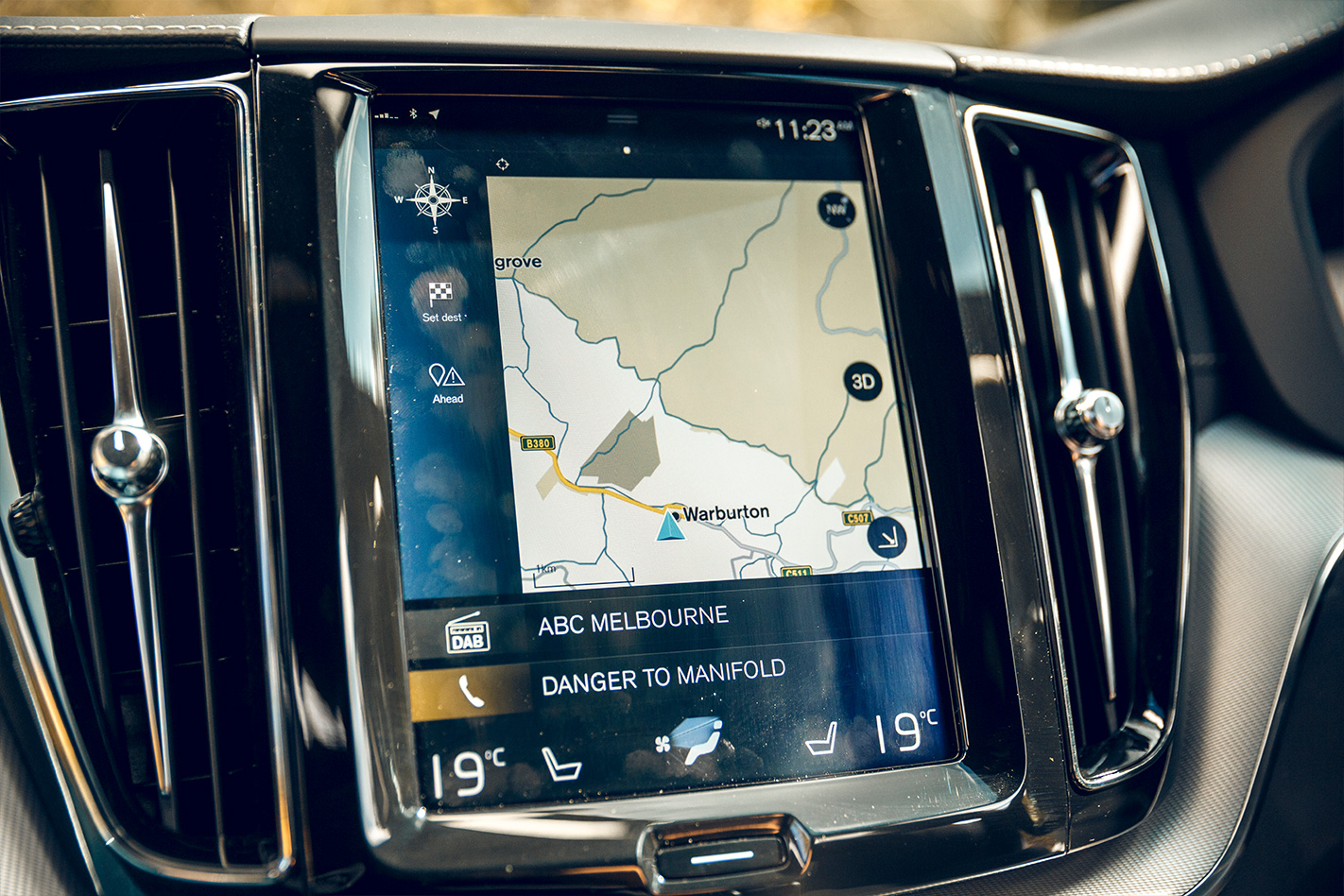
Tech is one thing, but liveability of the cabin is much more important for many SUV buyers. Unfortunately, the Stelvio doesn’t find redemption here.
While riding on the same platform as the Giulia, the wheelbase has been shortened marginally, meaning space is at a premium. Rear occupants are short on legroom, and the door apertures make entry and egress harder than necessary. There is more boot capacity on offer in the Italian hatch (525 litres compared to the Volvo’s 505), but the shortcomings of the second row are too severe, especially if you’re manhandling child seats in and out.
Volvo owners are presented with a cabin that offers more leg, shoulder, and headroom for rear occupants, even with the panoramic sunroof fitted.
Ride and Handling
Winner: Alfa Romeo
The Italian chassis and dynamics engineers at Alfa Romeo have outdone themselves with the Stelvio. While we have become accustomed to SUVs performing like cars on twisty roads, and not the jelly-legged stereotype the comments section would have you believe, we weren’t quite expecting the dynamic prowess of the Stelvio.
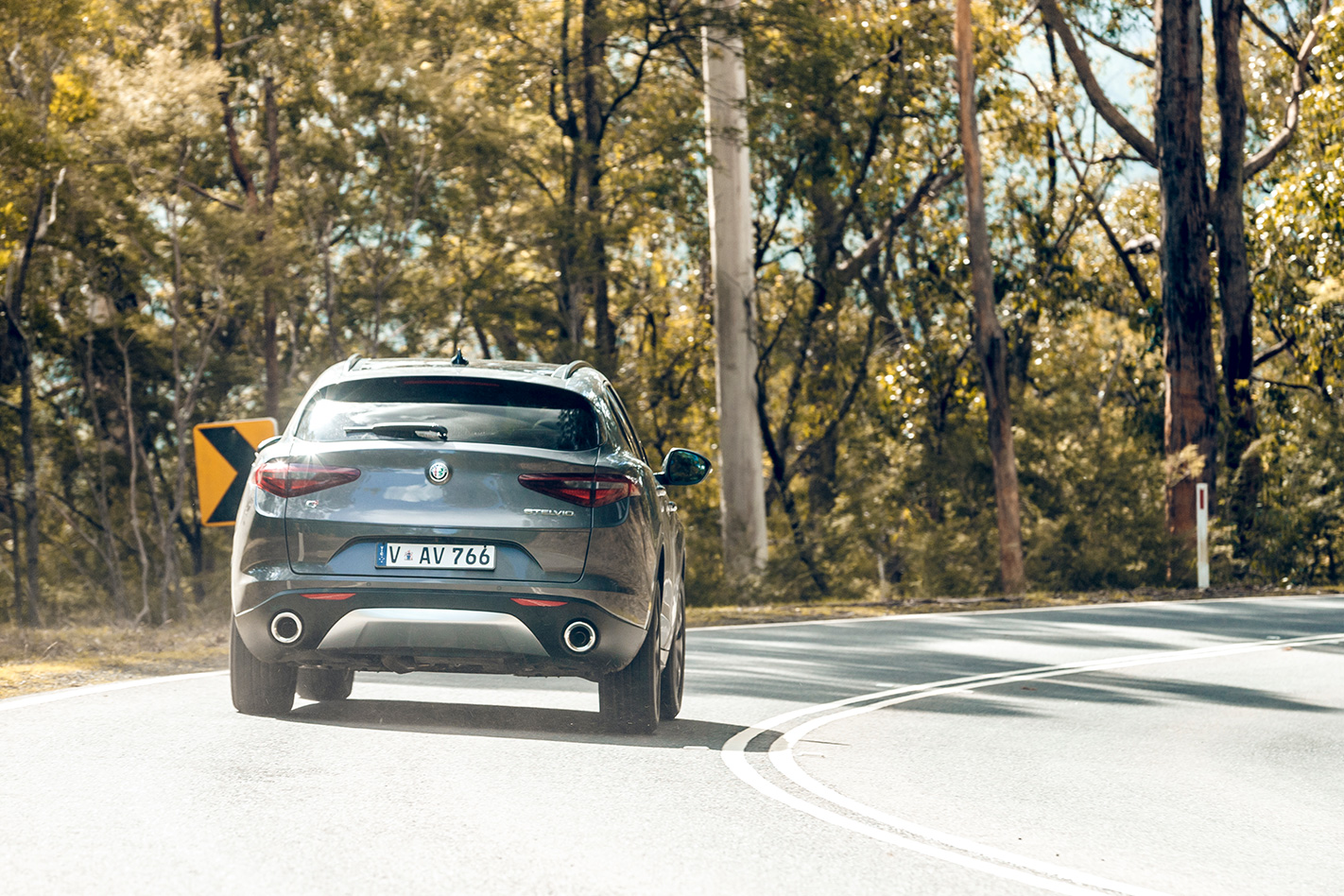
Steering is crisp and direct, and the front end inspires boundless confidence by remaining almost unflappably planted. While there is slightly more body roll than its sedan sibling, the Stelvio remains beautifully poised through curves.
The eight-speed automatic gearbox is intuitive and responsive, and in manual mode, will rev out to its proper redline of 5000rpm.

XC60 owners won’t be revelling in the bends as much those in a Stelvio, but that’s not to say the Swedes have been put to shame. The Volvo is still nicely controlled when hustled on a mountain road, but remote steering doesn’t reward the driver as much, and undermines confidence slightly.
Highway refinement falls the way of the XC60, with the cabin providing impressive NVH suppression. Rougher roads will soon show why we stress the need for air-suspension, with the standard springs and 21-inch wheels providing a pattery ride.
The Stelvio’s adaptive dampers (part of the First Edition pack) go a way to gaining an advantage over steel sprung XC60’s, but would be neutralised by the Volvo’s pillowy air set-up.
Performance and Economy
Winner: Volvo
Thrilling acceleration and diesel SUVs don’t traditionally go hand in hand, but oil-burning engines have a well-earned reputation for their tractable torque. To get a gauge on which of the pair performed better in a straight line, we took them to Heathcote Raceway to conduct independent performance testing.
While the Stelvio’s 154kW and 470Nm from a 2.2-litre four-cylinder engine seems less impressive than Volvo’s 177kW and 500Nm from a 2.0-litre, it is the former which raises eyebrows in a straight line.
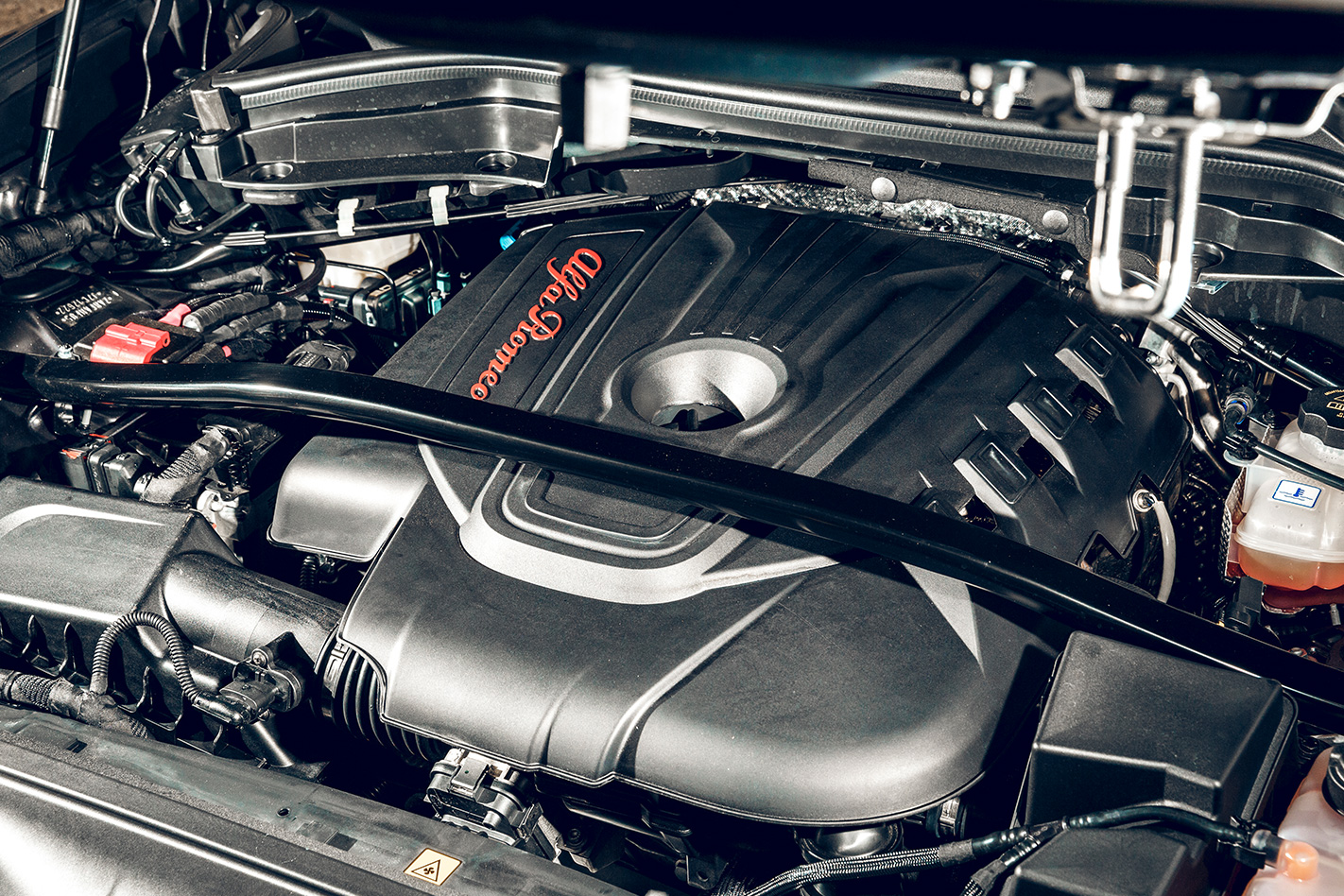
This is largely due to a 300kg weight advantage, which gives it a power-to-weight advantage of 96kW per tonne over the Volvo’s 92kW per tonne.
The Italian is a full second quicker to 100km/h from standstill than the Volvo, taking 6.6 seconds. However, rolling acceleration is much closer, with the Alfa jumping from 30-70km/h in 2.5 seconds compared to the Volvo’s 2.9 seconds. Highway overtaking performance is similarly matched with the Alfa clocking 80-120km/h in 5.0 seconds, while the Volvo is three tenths of a second slower.
Just 10 centimetres splits the pair when hauling from 100km/h to a standstill, with the Volvo scrubbing off all its speed in 36.4 metres to the Stelvio’s 36.5 metres.
But performance isn’t everything, and can often be a detriment to the hip pocket in terms of fuel economy.
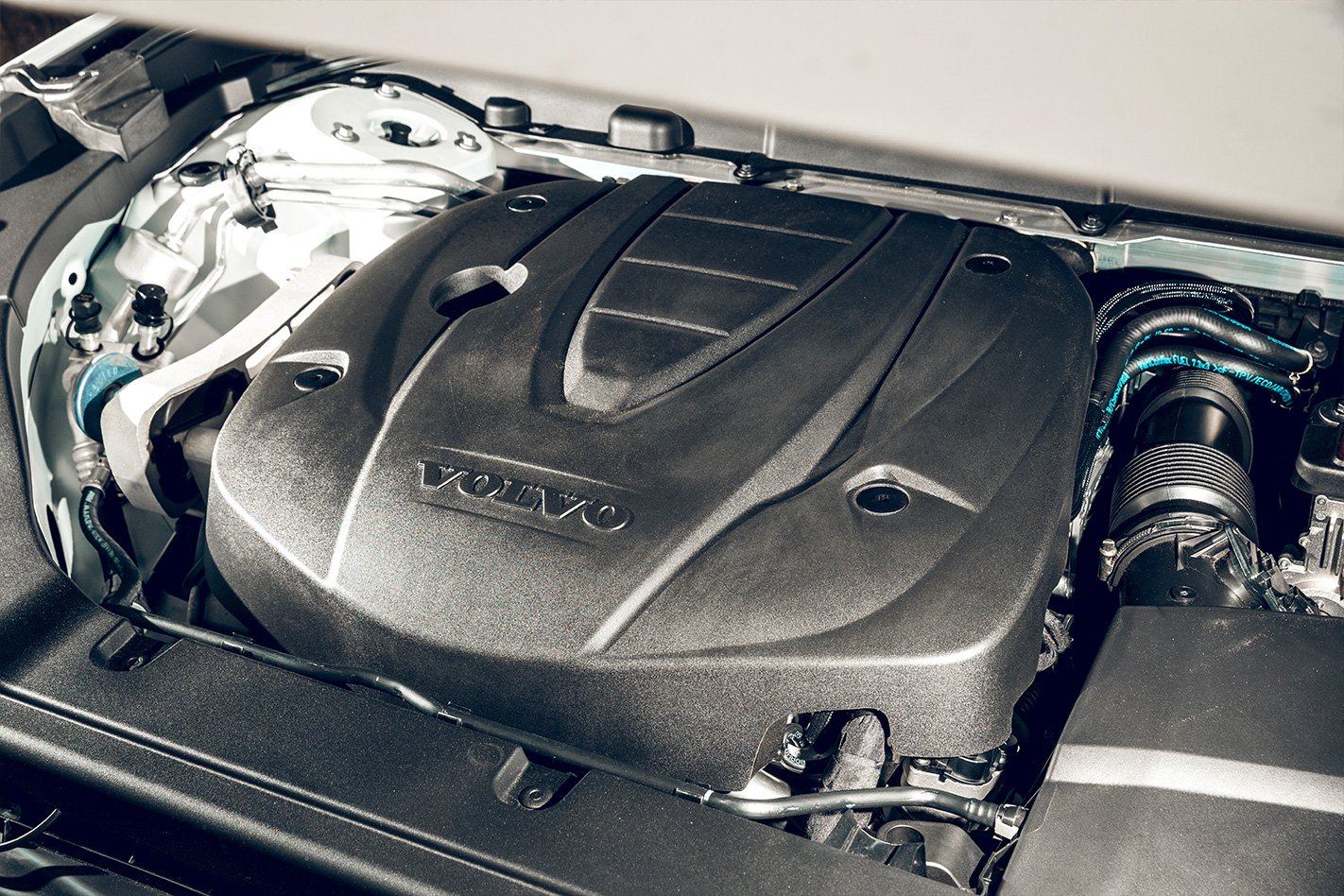
The Volvo’s 2.0-litre engine sipped diesel at a rate of 10.5L/100km during our testing, compared to the Alfa Romeo’s 11.1L/100km.
With a tank size of just 64-litres to the Volvo’s 71-litres, Stelvio owners will be pulling into a servo 100km before the XC60 runs out of gas.
We have to give more credence to miserly fuel economy than bahn-storming performance given the buyer demands, and for that reason, it’s another notch – just – for the XC60.
Verdict
For doing what diesel SUV buyers want, the Volvo is the clear winner here.
That’s not to say that Alfa Romeo has delivered a duffer. Far from it. The company should be commended for building a genuinely engaging diesel SUV, which will appeal to an owner who is less intent on family practicality, but instead desires to own something in the mould of a Giulia wagon, with Giulia-like dynamics, that fit an active lifestyle. For a certain niche, the Stelvio is all but irresistible.
The engine, steering, and gearbox are each peerless in the segment for driver enjoyment. However, the lacklustre interior, cramped rear legroom, and shortfalls in standard specification hurt the Stelvio in the eyes of most typical diesel SUV buyers.
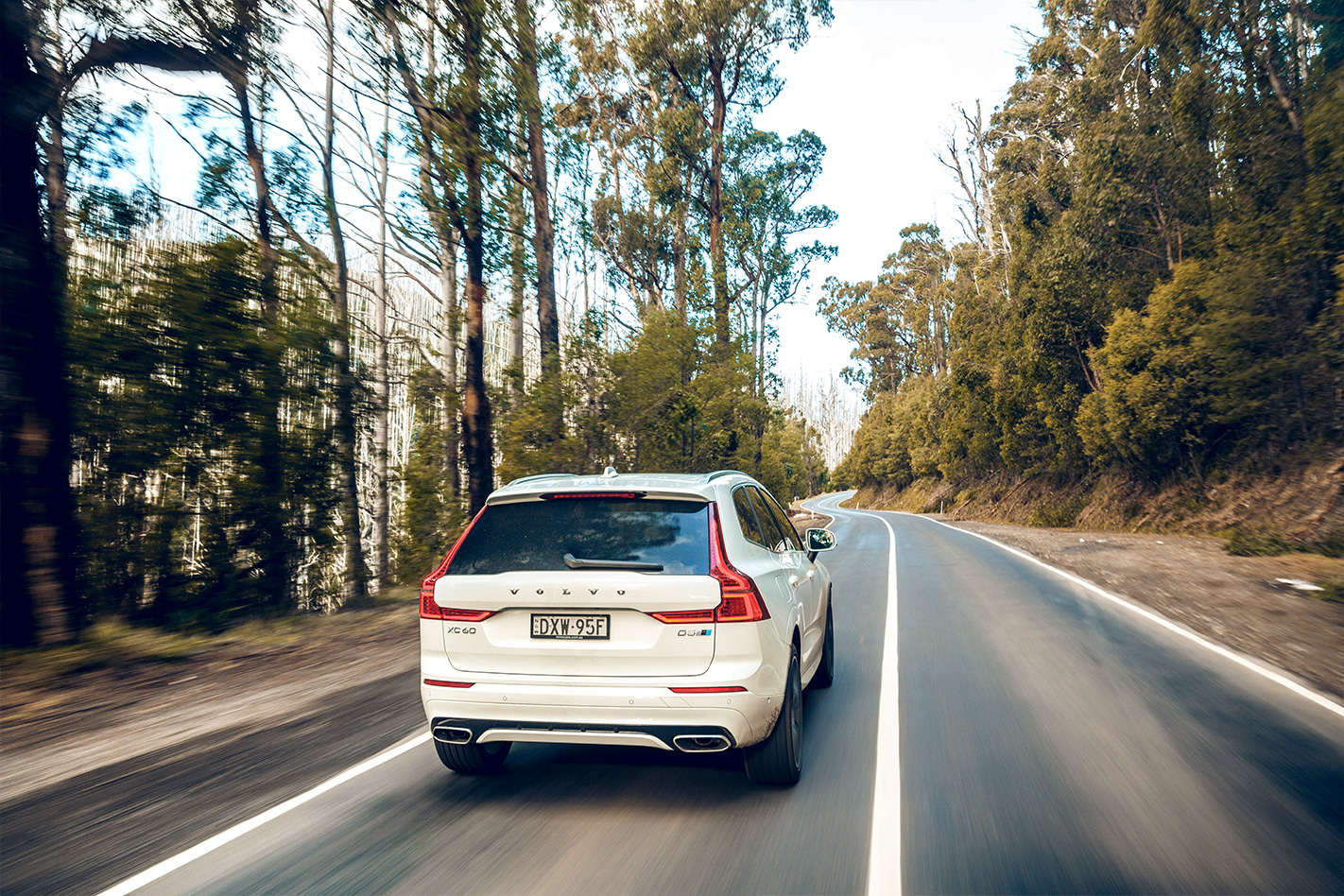
Similarly, any owner who takes delivery of an XC60 without air suspension is doing themselves a disservice.
However, that spec shortfall cannot undo the Volvo’s impressive fuel economy, interior room, slick design and premium feel.
These two SUVs will appeal to different buyers, but while the Stelvio will surely please a driving enthusiast, the pragmatic family won’t be as impressed. The XC60 – if correctly specified – can cover all bases. That’s why it’s still the champ; the judges’ scorecards returning a strong majority verdict this time round.


